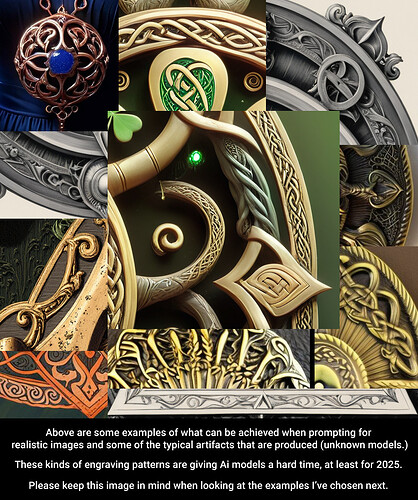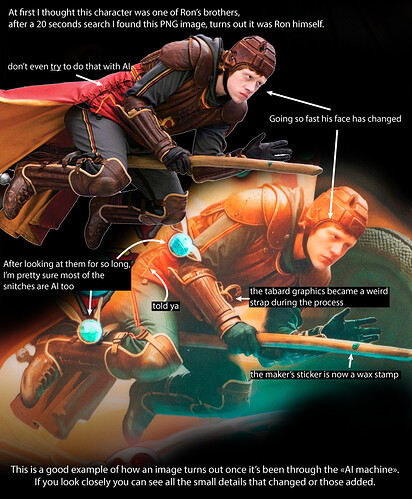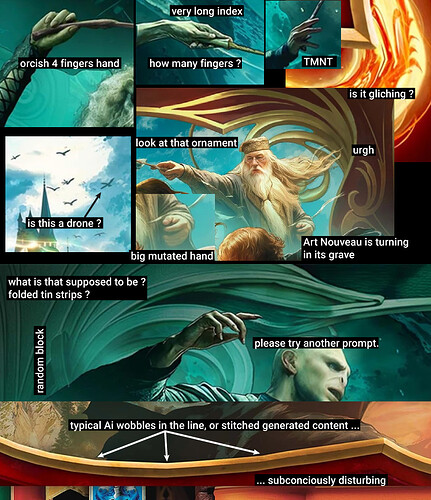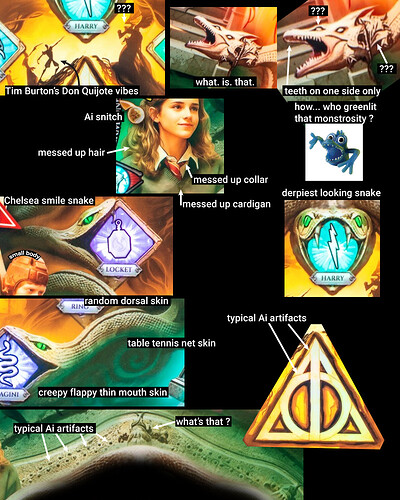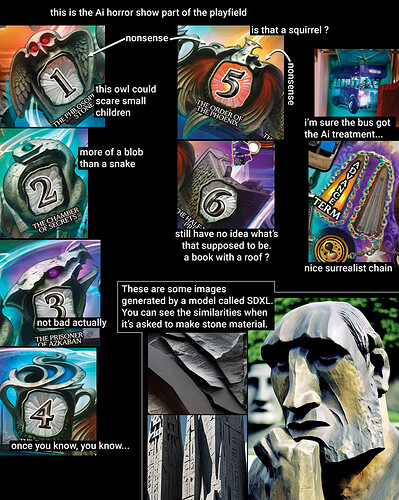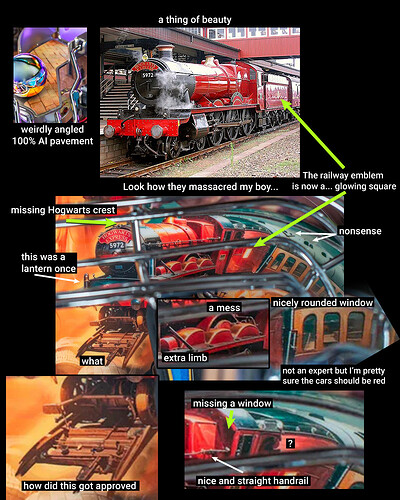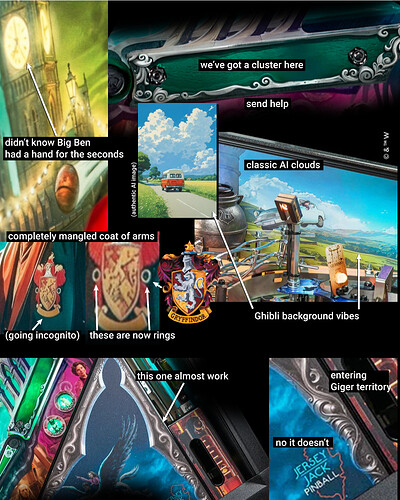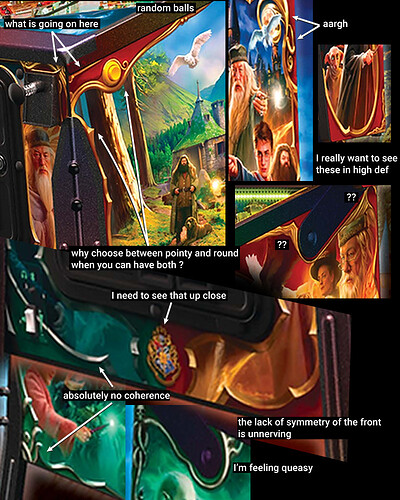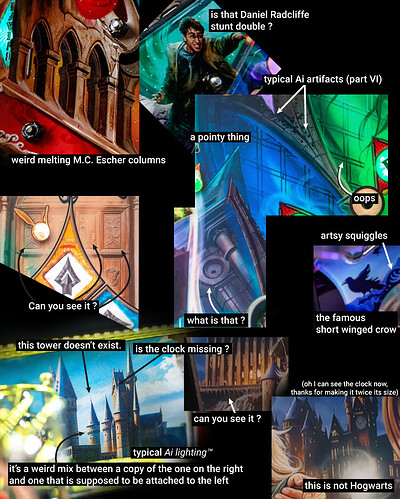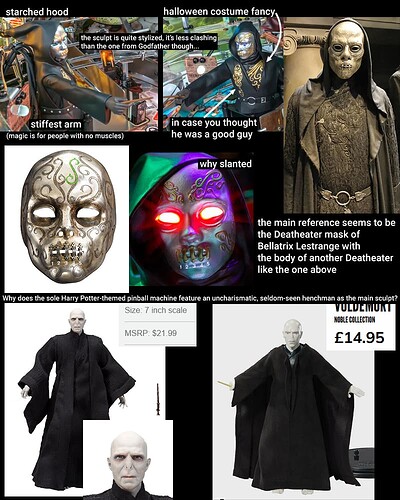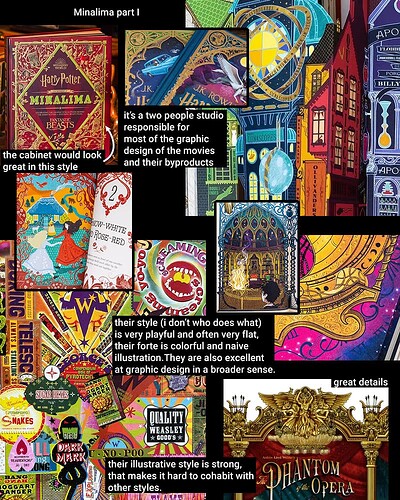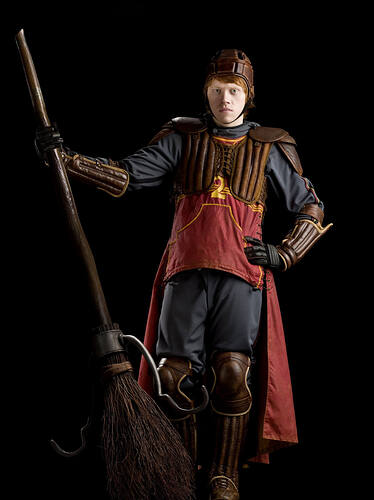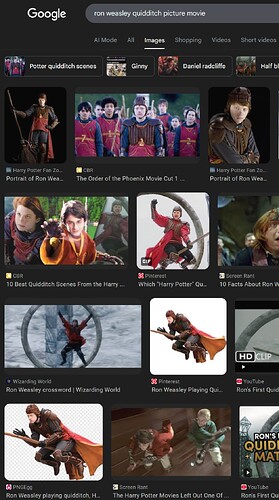Hello everyone, this is my first post here, I’ve tried to post this on Pinside, but their posting policy is not very newcomer friendly, for fear of scammers and spammers, I’m more of a pinball asylum seeker, there’s not that many pinball forums around here. (if anyone of you is amused by my topic and want me to spread the good word there, I’d love a pinside friend verification vouching).
I hope the general part of the forum is a good place for my ramblings.
Brace yourselves, it’s a long one.
As an aesthetically trained person, the visual aspect of things is always very important to me. We all have different standards and tastes, but contrary to popular belief, art is not subjective. A new machine is always an important event in the small world of pinball and as afficionados we know what and where to look to determine if a machine is a good representative of the hobby.
Disclaimer : I have not played or been near this machine. The following images are a mix of humorous and concerned critiques regarding the visual aspects of the machine. They are based solely on the promotional photos from JJP and do not take into account the thousands of hours of work done by numerous talented and passionate human beings, in a challenging economic climate (when is it not ?). This is not an attack on the Jersey Jack Pinball company or the Minalima studio. While the need to cut costs is understandable, it does not always justify the choices made, especially when it comes to the visual design.
Regarding the use of visuals created by artificial intelligence (which I’ll refer to as Ai), I’m not interested in the “ethical” debate surrounding it. Instead, I’m focused on the impact it is having and will continue to have on our aesthetic culture. While the fact that this machine is valued at over $10,000 is also on my mind, the price is not a determining factor for good or bad visuals. A $200 painting can be more aesthetically valuable than a $100,000 one.
I was quite… shocked to see that the majority of the visuals were either generated by Ai or had undergone what we’ll call an “Ai filter.” The primary goal of this filter is to give existing photos a less “photoreal” appearance and to upscale them. It also removes grain and unifies the colors. Unfortunately, when images go through this filter, they don’t always come out intact. The addition of artifacts and details that don’t make sense is almost unavoidable. Images that pass through these filters will have a very distinctive look, due to the models used. If someone were to use a popular model, the end result would be easily discernible by a trained eye.
Some semi-realistic Ai generated images can appear quite bizarre, often resembling a combination of photorealistic textures, photorealistic lighting, and hand-drawn media. This makes them challenging to refine, as the techniques used to create these images are not typically employed together in standard illustration workflows. Many unsightly artifacts can be observed in my examples, as it would be either too difficult or time-consuming to correct these issues.
